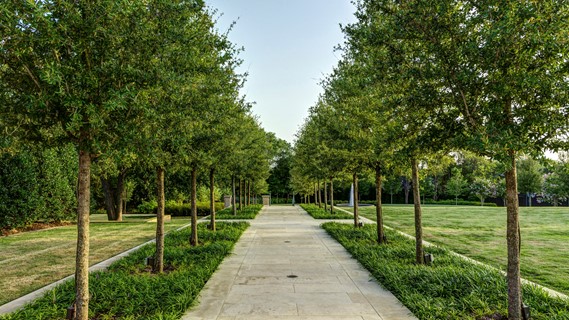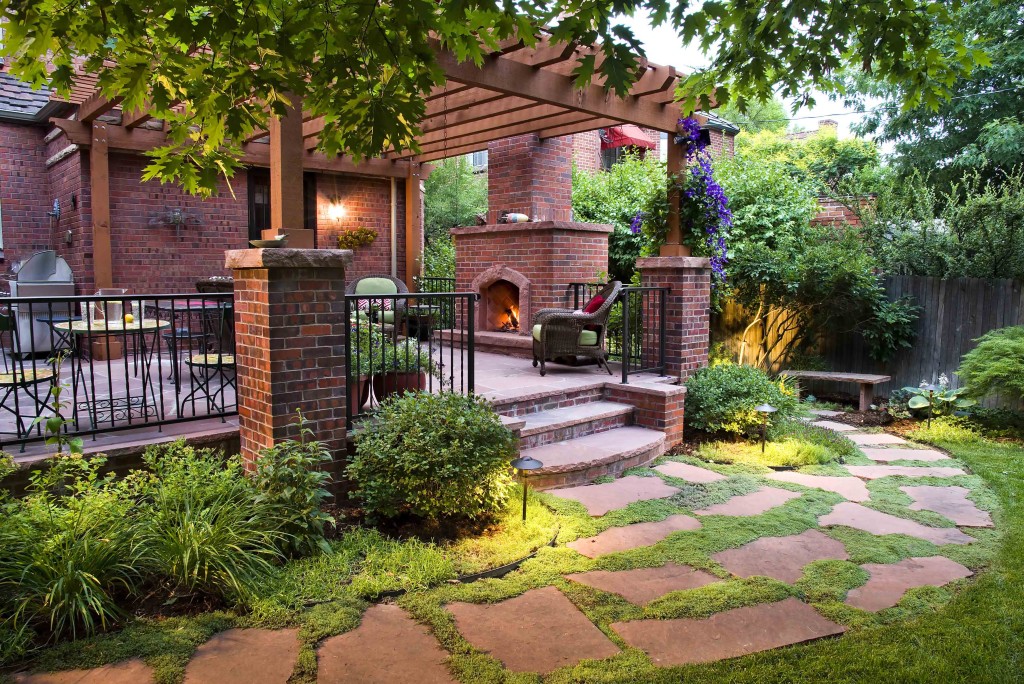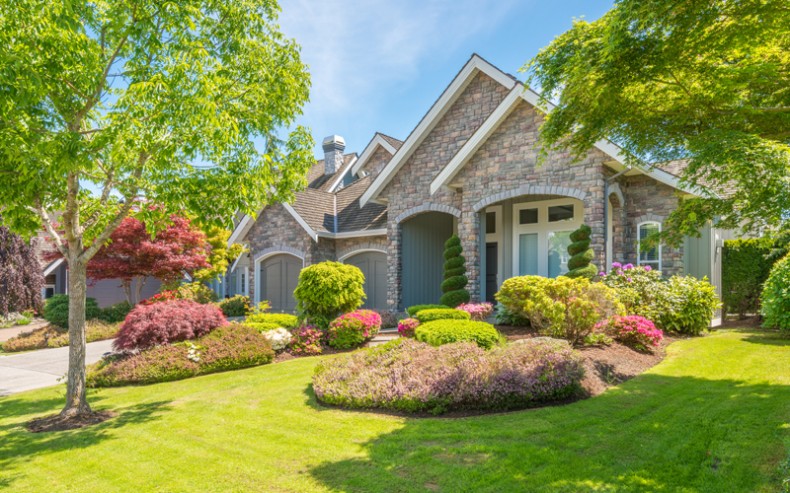The Of Hilton Head Landscapes
The Of Hilton Head Landscapes
Blog Article
Hilton Head Landscapes Fundamentals Explained
Table of ContentsAll about Hilton Head LandscapesNot known Factual Statements About Hilton Head Landscapes Indicators on Hilton Head Landscapes You Need To KnowRumored Buzz on Hilton Head LandscapesHilton Head Landscapes Can Be Fun For AnyoneThe Basic Principles Of Hilton Head Landscapes A Biased View of Hilton Head LandscapesFascination About Hilton Head Landscapes
Kind compatibility is additionally a significant element of unity in designone or 2 strikingly different types benefit contrast and emphasis, but generally all various other types need to have some resemblances for a linked appearance. Appearance refers to how coarse or fine the surface of the plant or hardscape product really feels and/or looks.
Instances of plants with rugged appearance consist of philodendrons, agaves, bromeliads, hollies, hands, and hydrangeas. Characteristics that produce great texture consist of small foliage; thin, strappy fallen leaves (grasses) or tall, thin stems; tiny, dense branches and tiny branches; long stems (creeping plants); and tiny, delicate blossoms.
The 9-Minute Rule for Hilton Head Landscapes
The majority of plants are average appearance, in that they can not be explained as having either rugged or great appearance. Medium-textured plants act as a background to web link and merge the crude- and fine-textured plants.

To make a space really feel smaller sized, position the crude structures along the external boundary and the great appearances closest to the audience. The information of the coarse structure makes the plants appear closer and makes the area feel smaller. The viewed structure of plants can additionally transform with the distance from the plant.
The Best Strategy To Use For Hilton Head Landscapes
Strong colors boost the contrast and make the structure show up coarser, while low-key shades can squash appearance. Hardscape with a crude texturesuch as really rough rocks and vibrant, huge timberstends to make all plant material appear extra moderate distinctive. Designers frequently create an appearance research (Number 8) on paper to help determine the setup of plant products.
Color in plant product and hardscape adds rate of interest and variety to the landscape. Color is the most noticeable aspect in the landscape and is generally the focus of most house owners; however, it is also the most short-term aspect, normally lasting just a couple of weeks a year for private plants.
An Unbiased View of Hilton Head Landscapes
A basic description of the color wheel consists of the 3 primaries of red, blue, and yellow; the three additional colors (a mix of 2 primaries) of green, orange, and violet; and six tertiary colors (a mix of one nearby primary and second color), such as red-orange. Color theory describes the partnership of shades per other and how they need to be used in a structure.

Similar (in some cases called harmonious) color design are any kind of three to five shades that are adjacent on the shade wheel, such as red, red-orange, orange, yellow-orange, and yellow, or blue, blue-violet, and violet (hilton head landscapers). The shades belong to each other due to the fact that they typically consist of 2 primaries blended to create a secondary and 2 tertiary shades, which suggests they share common residential properties
They have a tendency to have high contrast between them. The most typical collections are violet and yellow, red and environment-friendly, and blue and orange. Complementary colors are usually found naturally in flowers; a common pair is yellow and violet. Color is located in the blossoms, foliage, bark, and fruit of plants.
Our Hilton Head Landscapes Ideas
Environment-friendly foliage in all its numerous shades is the leading shade by amount, however various other shades record interest more conveniently due to their high comparison to the shade environment-friendly. Shade is likewise located in structures, rocks, pavers, wood, and furniture. Many shades in natural materials, such as rock and timber, are generally low-key and have a tendency to be variants of brown, tan, and light yellow.
Shade is a crucial element for producing interest and selection in the landscape. Colors have residential or commercial properties that can influence feelings, spatial assumption, light quality, balance, and emphasis. One residential property of shade is explained about temperaturecolors show up to be awesome or cozy and can affect feelings or feelings. Trendy shades tend to be calming and must be made use of in locations for leisure and peacefulness.
How Hilton Head Landscapes can Save You Time, Stress, and Money.
Cool colors often tend to decline and are perceived as being further away, making an area really feel larger. Color can also be utilized to capture attention and straight views.
For instance, bright yellow, which has the greatest strength, likewise has a high comparison with all various other shades (usually called a "pop" of shade) and ought to be conserved. A percentage of intense color has as much visual weight as a huge amount of a much more restrained or weaker color.
Comparable (sometimes called harmonious) color pattern are any kind of three to five colors that are nearby on the shade wheel, such as red, red-orange, orange, yellow-orange, and yellow, or blue, blue-violet, and violet. The shades belong to each other due to the fact that they generally include 2 primary colors blended to create a secondary and two tertiary colors, which suggests they share common residential or commercial properties.
The Ultimate Guide To Hilton Head Landscapes
They tend to have high comparison in between them. One of the most usual sets are violet and yellow, red and green, and blue and orange. Complementary colors are usually located naturally in blossoms; a common pair is yellow and violet. Color is found in the flowers, vegetation, bark, and fruit of plants.
Green vegetation in all its different shades is the leading color by quantity, yet various other colors record interest quicker as a result of their high comparison to the color green - bluffton landscaping - https://gravatar.com/stevenagonzales. Shade is additionally discovered in structures, rocks, pavers, wood, and furnishings. Many shades in natural materials, such as rock and wood, are typically low-key and have a tendency to be variations of brownish, tan, and light yellow
Not known Details About Hilton Head Landscapes
Color is a vital aspect for creating interest and variety in the landscape. Colors have residential or commercial properties that can affect feelings, spatial understanding, light high quality, balance, and focus. One residential or commercial property of color is described loved one to temperaturecolors seem awesome or warm and can influence emotions or feelings. Awesome shades tend to be soothing and need to be utilized in locations for relaxation and calmness.
The "temperature" of colors can likewise influence the understanding of distance. Awesome shades often tend to recede and are regarded as being further away, making a space feel larger. Cozy colors tend to development and are perceived as being closer, making a space really feel smaller sized. Color can additionally be utilized to record focus and straight views.
For instance, bright yellow, which has the greatest intensity, also has a high contrast with all Homepage other colors (commonly described as a "pop" of color) and ought to be conserved. A small amount of extreme shade has as much aesthetic weight as a huge amount of an extra suppressed or weak shade.
Report this page